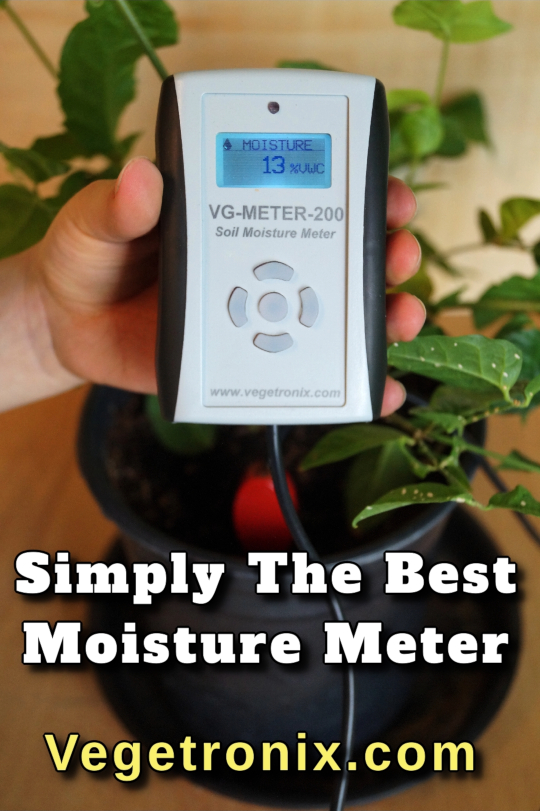I took a common garden method and upgraded it with an engineer’s twist—turning it into an impenetrable barrier for tender seedlings. If pill bugs or earwigs have ever wiped out your starts overnight, you’ll want to try this.
How I Built an Impenetrable Bug Barrier for My Garden
By Tim the Techno-Gardener
The Problem With Pill Bugs and Earwigs
As a kid, I thought pill bugs were harmless—tiny pets that rolled into balls. But as a gardener, I’ve learned they can be brutal on leafy vegetables and delicate new starts. They chewed through my cabbage, left holes in squash, and even made my Provider bush beans disappear after sprouting. One morning I found a seedling felled at the base—like lumberjacks cut it down. The culprits? A cluster of pill bugs.
Because they’re nocturnal, I rarely caught them in the act during the day. But they were definitely wreaking havoc at night.
Searching for a Non-Toxic Solution
I didn’t want pesticides, so I tried soy sauce + oil traps. They’re simple, cheap, and surprisingly effective.
How to Make a Soy Sauce & Oil Trap
- Grab a small jar.
- Pour in about 1 inch of soy sauce.
- Add a thin layer of cooking oil on top (prevents evaporation and coats insects).
- Bury the jar up to the rim near vulnerable plants.
- Check in the morning and refresh as needed.
I was skeptical, but two jars in three days captured hundreds to thousands of bugs—pests that would’ve munched my sprouts.
Nighttime Discovery
About an hour after dusk, my 15 ft² spice garden came alive with hundreds of pill bugs. Many were drawn straight to the traps. After 10–15 minutes of light, most hid again—proof they’re active when we aren’t watching.
From Jars to a Moat: The Engineering Upgrade
I worried the trap scent might lure bugs toward the plants I wanted to protect. So I flipped the idea: instead of bait near the plant, I’d force pests to cross a ring-shaped moat around the plant itself.
- Design: A 3D-printed ring that holds soy sauce (bait) with an oil cap.
- Barrier: Any crawling insect must cross the moat to reach the plant—and slips in.
- Anti-cling Lip: A 45° angled upper lip prevents bugs from gripping the wall and helps tip them into the liquid.
I modeled the moat in CAD and printed it. The first tests were stunning: the trap drew bugs from across the bed, while my bean plant remained untouched.
Results: A Game Changer
In spring, sprouts often survive because pest pressure is low. Mid-summer is different. With the moat, I can now plant late crops in peak bug season and still keep seedlings safe. It’s been a complete mindset shift for me.
How to Get Your own Bug Moat Trap For Free
Don't have a 3D-Printer, not a problem, we'll print one for you. You just need to pay the shipping costs, and we'll print one, and send it to you so you can try it out.
- Set up an account on Vegetronix, so we know where to ship it.
- Send us an email through our Contacts page, letting us know that you want one.
- We'll create a payment link so you can pay for shipping ($7.95 for USA, contact us for international rates.)
3D-Printable Files
3D printable Bug Moat Trap filesNotes & Tips
- Refresh soy sauce and oil periodically, especially in hot weather.
- Place the moat flush with the soil so crawling insects meet it directly.
- Keep the liquid level high enough to form a real barrier but low enough to avoid splashing onto the stem.
